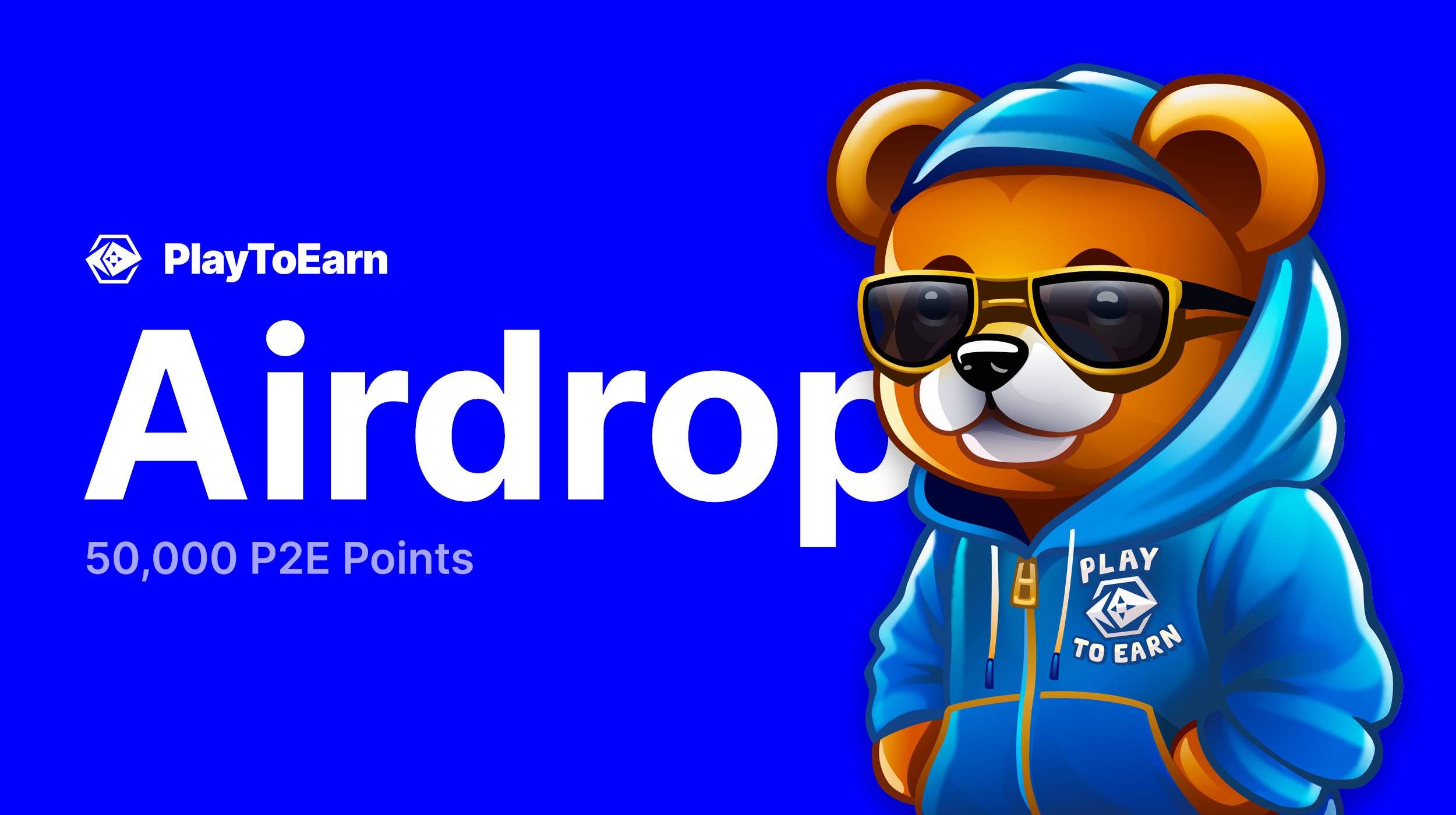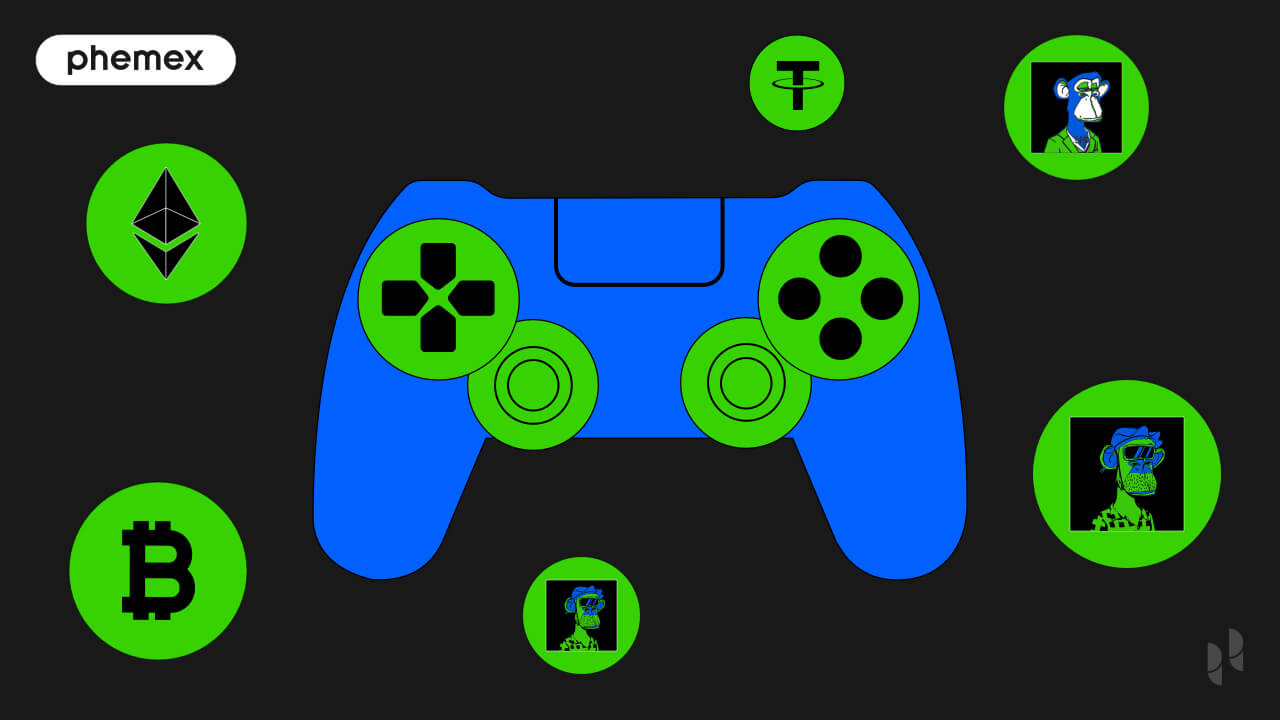Key Takeaways:
- Metaverse economies revolve around digital assets, virtual real estate, and cryptocurrencies.
- Users can earn, trade, and invest in virtual worlds, similar to real-world markets.
- Understanding blockchain, NFTs, and DeFi is essential for participating in metaverse economies.
Introduction
The metaverse isn’t just a futuristic concept—it’s a rapidly growing digital ecosystem where virtual worlds have their own economies, currencies, and markets. For beginners, understanding these economies is crucial for exploring opportunities, whether for gaming, socializing, or investing. This guide breaks down the basics of metaverse economies and explains how you can navigate this new digital frontier.
What Are Metaverse Economies?
Metaverse economies are digital marketplaces that exist within virtual worlds. Much like real-world economies, they include:
- Digital Assets: Virtual items such as skins, avatars, or collectibles that hold value.
- Virtual Real Estate: Plots of land or spaces within a metaverse that can be bought, sold, or developed.
- Cryptocurrencies: Digital currencies that power transactions, often based on blockchain technology.
These economies allow users not just to consume content but to create, trade, and profit from digital assets.
How Blockchain Powers Metaverse Economies
Blockchain technology underpins most metaverse economies, providing a secure, decentralized way to manage ownership and transactions. Key features include:
- Non-Fungible Tokens (NFTs): Unique digital assets representing ownership of virtual items.
- Decentralized Finance (DeFi): Financial services within the metaverse, such as lending or staking crypto.
- Smart Contracts: Automated agreements that execute transactions without intermediaries.
By leveraging blockchain, metaverse economies ensure transparency, security, and true digital ownership.
Opportunities in the Metaverse Economy
Users can engage in metaverse economies in multiple ways:
- Earning: Play-to-earn (P2E) games and virtual workspaces allow users to earn crypto or digital assets.
- Investing: Virtual real estate and NFTs can appreciate in value, offering potential financial returns.
- Trading: Marketplaces for NFTs and virtual goods provide opportunities for buying, selling, and speculation.
These opportunities mirror real-world economic activities but with the added benefits and risks of digital environments.
Risks to Consider
While metaverse economies are exciting, they also carry risks:
- Volatility: Cryptocurrencies and NFTs can experience rapid price fluctuations.
- Security: Digital wallets and accounts can be targeted by hackers.
- Regulation: Legal frameworks for virtual economies are still evolving.
Understanding these risks is essential for navigating the metaverse safely and strategically.
Conclusion
Metaverse economies represent a fusion of digital innovation, blockchain technology, and virtual social interaction. By learning the fundamentals—digital assets, NFTs, cryptocurrencies, and marketplaces—beginners can confidently explore opportunities within these digital worlds. The metaverse isn’t just the future of gaming or socializing; it’s an emerging economic frontier where anyone can participate.
Disclaimer: The information in this article is for general purposes only and does not constitute financial advice. The author’s views are personal and may not reflect the views of GameDegen.com. Before making any investment decisions, you should always conduct your own research. GameDegen.com is not responsible for any financial losses.



